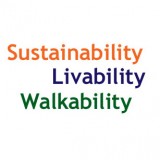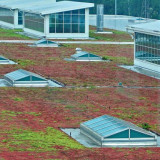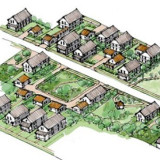Reinventing Your Community From the Inside Out – Part I
Too often cities have scrambled to attract new businesses … from anywhere. But a different approach has started to take hold. It involves planting local economic seeds and nurturing them to be the new garden of opportunity.













